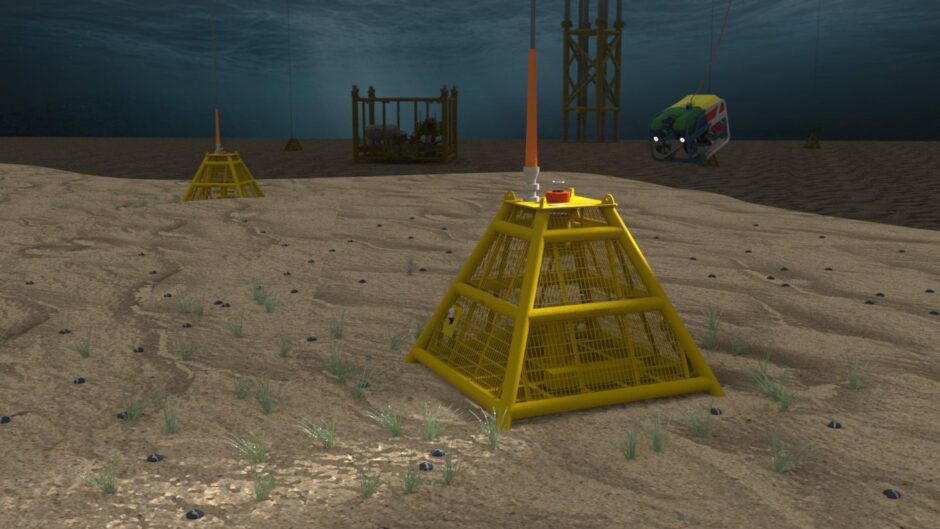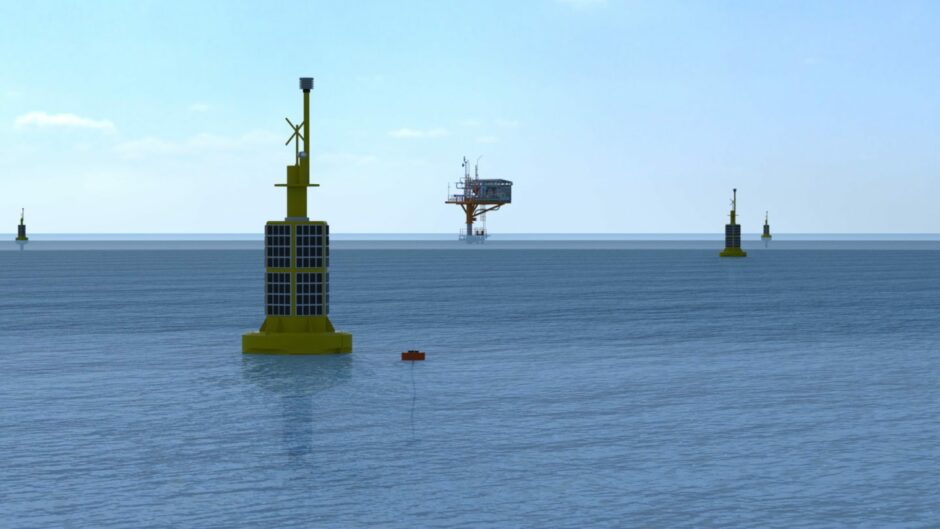
Aquaterra Energy has unveiled a new CO2 management solution that it says will aid the long-term monitoring and integrity of offshore carbon capture and storage (CCS) sites.
The solution uses both sub-surface fibre optic seismic arrays and dissolved CO2 gas detection systems to track CO2 during and after storage.
Meanwhile, data is transmitted between the seabed and surface using remote data transmission nodes powered by solar or wave energy.
Aquaterra, a Norwich-headquartered offshore engineering solutions firm, says the system is designed to be deployed in remote locations within the injection site block. The permanently installed shallow bore hole fibre optic arrays allow repeat seismic surveys to be completed on demand.
The tools help provide evidence that the CO2 storage site is performing as expected against the baseline engineering and seismic data.
CO2 plumes can be tracked and migration within the formation compared against predictions and storage site expectations. If any deviations are seen, operators can take proactive measures such as reducing or stopping injection or diverting injection to alternative wells.
Dissolved gas sensors also provide a reactive alarm system which identifies any CO2 leaks into the water column, through a patent-pending approach.
The sensors can detect and compare dissolved gas percentages combined with current speed, direction and other node location data to identify the location and extent of a suspected leak. The data is transmitted onshore via satellites for analysis and verification.
It can also be customised with additional sensors to cover any site specifics.
The company’s innovation director, Ben Cannell, explains: “Critical to the success of offshore CO2 storage is the ability to guarantee the performance of the storage formation and prevent leaks before they happen via intelligently generated field data and planning. I’m delighted to be working on an innovative solution that provides that market confidence.”
The launch follows an agreement struck in September, under which Aquaterra will co-develop the world’s largest offshore floating wind and green hydrogen production project, named HyMed, alongside Seawind Ocean Technology.
The project is expected to reach 3.2GW of production by 2027 in Italian ultra-deep waters.
 © Supplied by Aquaterra
© Supplied by Aquaterra